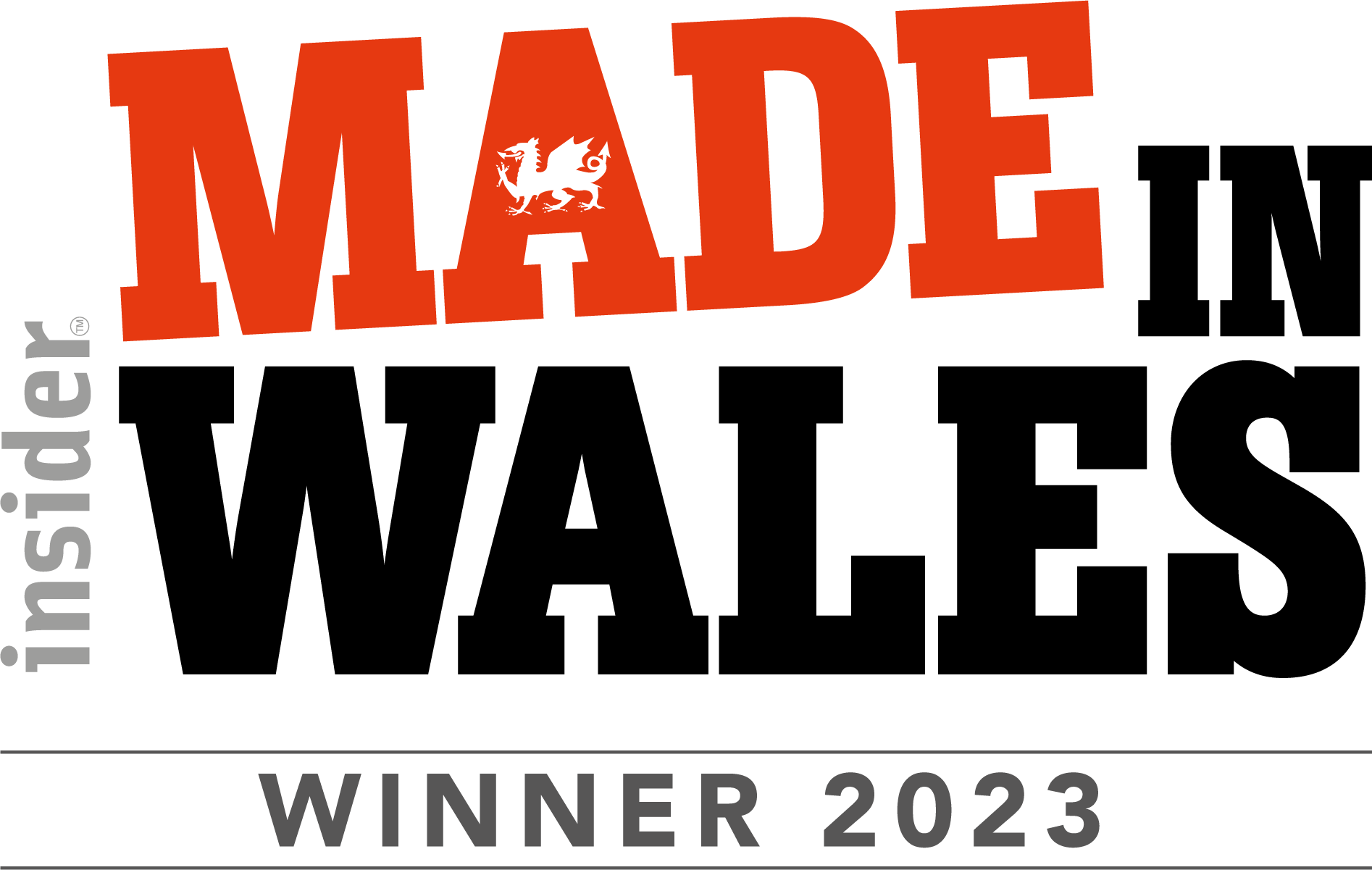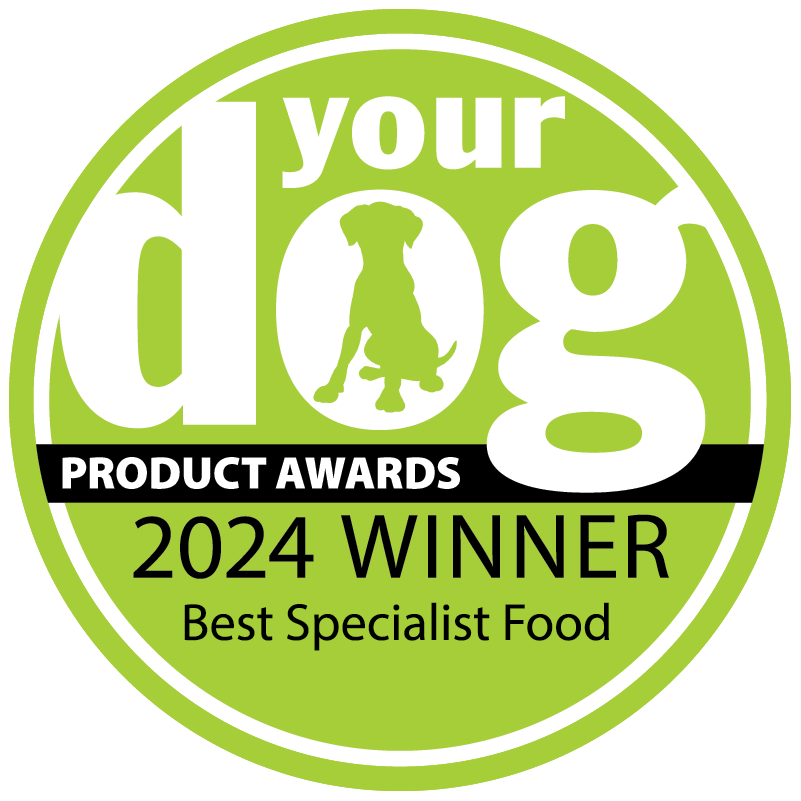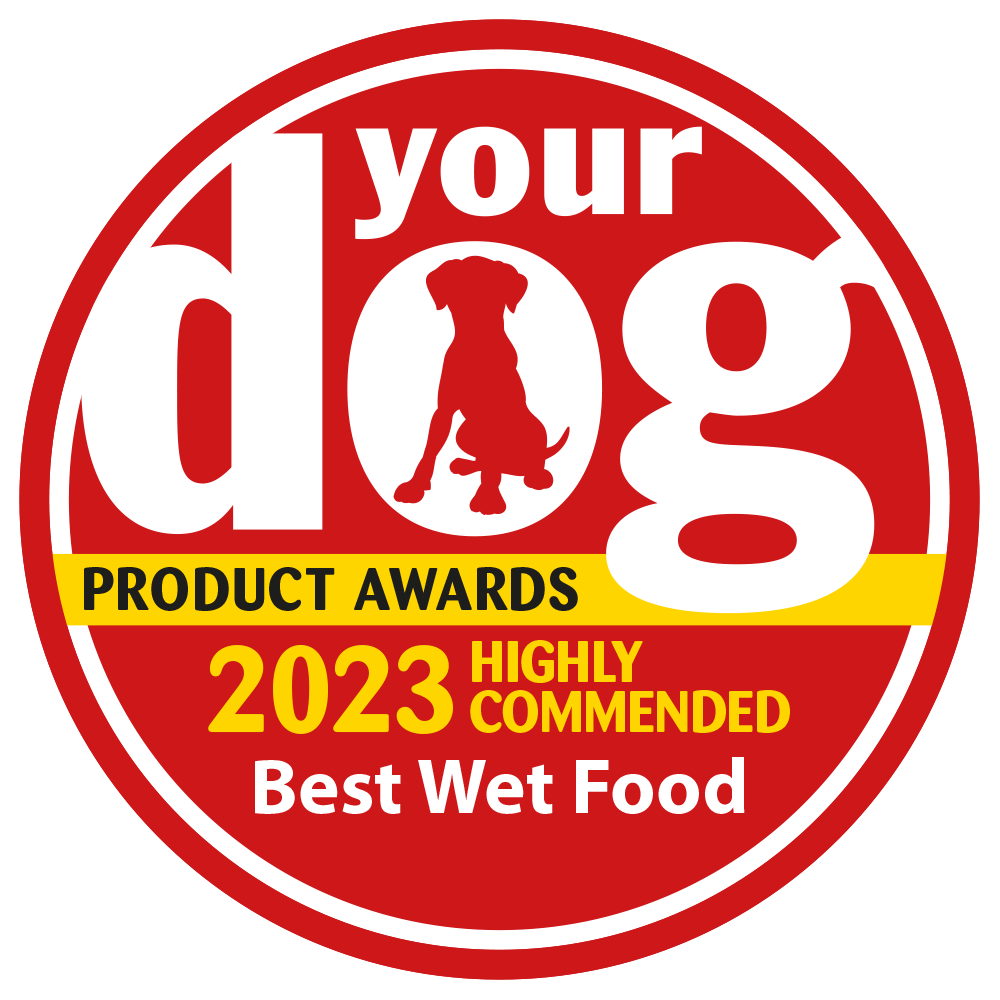
From additional exercise to better portion control and the introduction of a weight loss food for dogs, we’ll explore everything to consider when feeding an overweight or obese dog in this guide.
Overweight dogs are vulnerable to a whole host of secondary conditions some of which can be serious and affect their health for life. It’s in your and your pet’s best interest to get them onto a healthy, portion-controlled diet to prevent the onset of health problems such as the following:
Dogs that are overweight or obese tend to have shorter life spans, as the additional weight generally makes them less energetic, and therefore less active.
There are several visual indicators that can help you tell when the feeding’s gone too far, and your dog is unhealthily large.
When looking at your dog from above and from the side, you should be able to see their waistline. This looks like an inward curve up after the chest and before the hips.
While they should not be protruding and should still have a layer of fat over them, you should also be able to easily feel your dog’s ribs with your hands. If it’s difficult to make out the ridges due to excess fat, it’s likely that your dog is overweight.
Since being overweight affects a pet’s health, you might notice changes in their behaviour, too. If they’re regularly panting, tired, slow, or reluctant to go for walks or play, they might be struggling with their additional weight.
Fortunately, there are many changes in habit and routine that you can make to help your dog lose weight, and one effective way to do so is with a weight loss food for dogs.
The short answer: Yes! Burns Pet Nutrition’s specialist weight loss food for dogs is designed by a veterinary surgeon to help your dog reach its healthiest weight level. It can be used as a permanent diet for dogs who are extra hungry or whose weight tends to fluctuate, or as a temporary weight loss diet for those who need to shed a few pounds.
Our weight control food is effective thanks to its high percentage of oats as an ingredient. Oats have a higher fibre content than rice, meaning that they leaves dogs feeling satisfied by a smaller portion of food.
Slowly change over to the new weight loss food by mixing it with their existing food in gradually higher ratios. This helps your pet’s intestinal bacteria adjust, minimising tummy upset.
It is better to lose weight slowly rather than rapidly. Keep a record of your dog’s weight, as well as making note of any new tactics you introduce for weight loss and when you do so. This way you’ll be able to clearly see correlations between changes you’ve introduced alongside any behavioural changes and weight loss, and you can refine your plan to what works best for your dog.
When the goal is weight loss, you should be feeding for your dog’s target weight rather than their current weight.
Any food left in your dog’s bowl after about 15 minutes should be taken away, and you should avoid feeding them again until their next mealtime. Offer them slightly less food than what they ate last time, and you’ll be able to help them adjust their appetite.
Your dog should feel ready for its meal every day – if your dog isn’t interested in their food, they likely aren’t hungry as a result of previous overfeeding.
The amount you feed your dog and at what stage in their life will depend on a few additional factors as follows.
At Burns we have different feeding guides for puppies, juniors, adults and senior dogs. With the highest amount per kilogram of their body weight being recommended for the young growing puppies.
The amount of food over the day is the most important thing but the number of meals will also vary. The age of your dog will affect how regularly it needs to eat. Puppies should have several small meals throughout the day, whereas most adult or senior dogs should have one or two meals a day.
While the above is a general rule, the breed of dog can also have a say on how often they should be eating. For example, smaller breeds of dog tend to move from puppy to adult food at a younger age than larger breeds. That’s why we have separate specialist foods for toy and small breeds and giant and large breeds. However dogs can vary within breeds and the target weight of your specific dog rather than a breed standard is the main indicator we need to use to work out their feeding amounts.
After dogs have been neutered, their metabolic rate tends to slow down meaning that they could be more prone to weight gain and may need a change of diet or reduced feeding amounts. At Burns we have a feeding guide especially for neutered dogs.
Oftentimes, lifestyle and energy levels can be affected by the weight of a dog. However, every dog is different, and you’ll know what your pet’s standard behaviour looks like – some are simply less energetic by nature!
If this sounds like your dog, use rational judgement to decide whether your dog needs to be fed more or less based on their activity levels and how much of their energy intake they’re really using up throughout the day.
Introducing a weight management dog food is one of the most effective ways of helping them to reach a healthier weight, but it will be most effective when doing in conjunction with the tips below.
Everyone in the household needs to be on board with your dog’s new diet if you really want it to be a success. This means no additional treats or table scraps should be given, as well as extras like dental chews, in order to give your pet the best chance of adjusting to their new feeding schedule. However, vegetables are great alternative low calorie treat options.
If you’re not doing so already, dogs should generally be walked twice a day. The length of walk necessary for your pet’s health will vary by dog, but it’s important to ensure your pet’s getting the exercise they need to expel the energy they’re taking in through their food, and to maintain a healthy weight.
It’s important to ensure that any changes you make are long-term, as sudden, drastic changes can be difficult to maintain. A great starting point is to gradually modify their diet and adjust their feeding amounts. After that, we can focus on treats and additional extras. We want to avoid rapid changes making the dog feeling hungry and possibly begging for food as this can make the diet more difficult to follow for us as the owner.
At Burns, we provide a specially designed weight loss food for dogs that you can introduce to your dog’s diet to help them become their healthiest and happiest self, while still providing them with a delicious dinner every night.
If you think you need more information regarding your dog’s specific scenario, contact our free nutrition helpline today.
Burns’ weight control dog food can help your to maintain a healthy weight.







